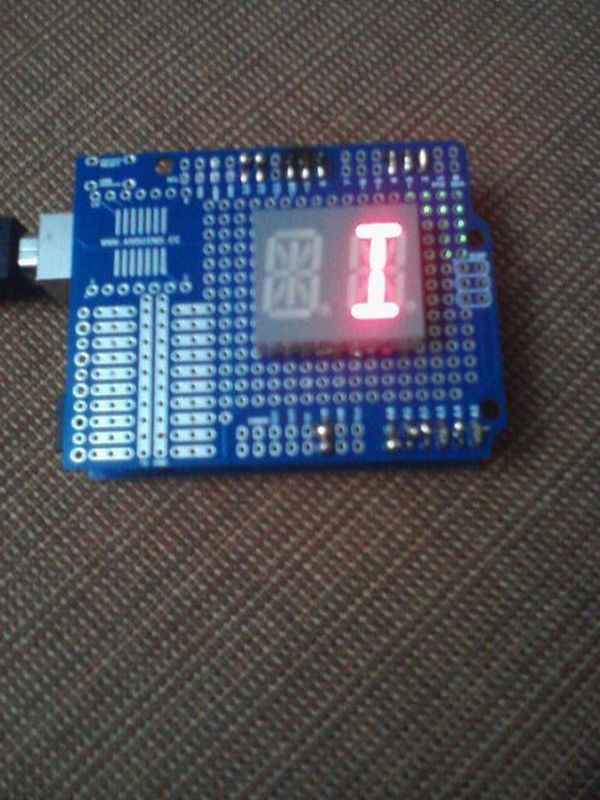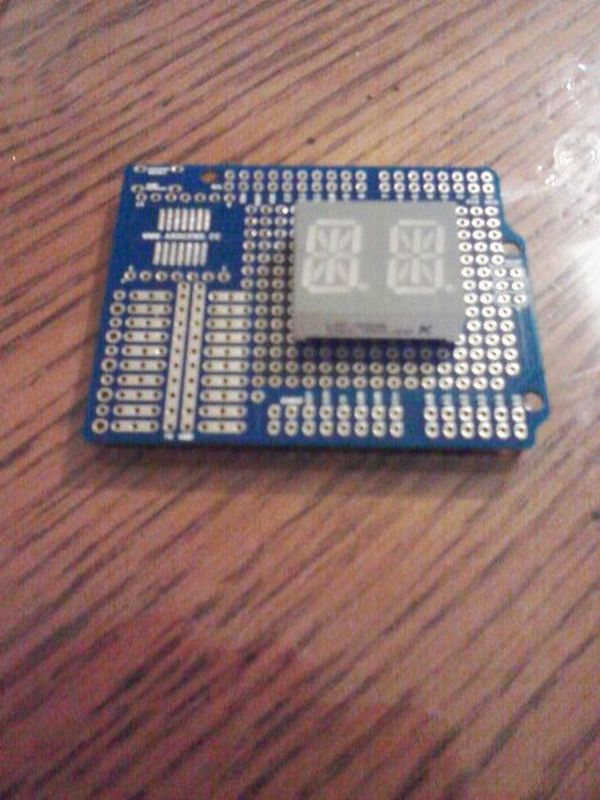This project is very interesting because it shows the sequence of all letters of our English alphabet. That is, the project generates capital letters from the A to the Z based on Arduino code and showed by an alphanumeric display. I’m using a common cathode alphanumeric display and an Arduino Uno in order to constructing this project. Use the following link so that watch a video of the project working: http://www.youtube.com/watch?v=jmZ5V43CFf8
Step 1: Bill of Materials
Major Components in Project
1 Photo shield for Arduino Uno (PCB only)
1 Common cathode alphanumeric display (14 segments)
14 Resistors of 220 Ohm, 1/4 Watt
1 Header pin male of 1×40 pins
1 Arduino Uno
1 USB-A to USB-B cable of 3ft
Required tools and supplies:
Soldering iron:
Jumper wire
Needle nose pliers
Wire stripper
Multimeter
Step 2: Project’s Diagram
Firstly, you should check what you are going to do then observe the diagram of your project.
Step 3: Install the Alphanumeric Display
Observing your diagram, install the alphanumeric display on the PCB and solder its pins on it.
Step 4: Install the Resistors of 220 Ohm
After installing the alphanumeric display, install the resistors of 220 Ohm among the alphanumeric display and the pins marked in the project’s diagram. Note that I first connected the resistors and then the pins to interface to my Arduino hardware. However, being better that you first install the pins and then the resistors because it’s easier for doing all connections and solder to the pins.
Step 5: Separate the Pins that You Will Need
Take the component 1×40 header pins male and then cut 1×15 pins so that you can later separate those 15 pins in 1×3, 1×3, 1×6, and 1×1 pin that are the pins that you will need to connect to your Arduino platform.
Step 6: Insert the Pins Reserved
Insert the pins reserved in your Arduino hardware Note the pins are 1×6 ( A0, A1, A2, A2, A3, A4, A5), 1X3 (2, 3, 4), 1X3 (8, 9, 10), 1X2 (12, 13), and 1×1 (GND).
For more detail: Arduino Alphabet


